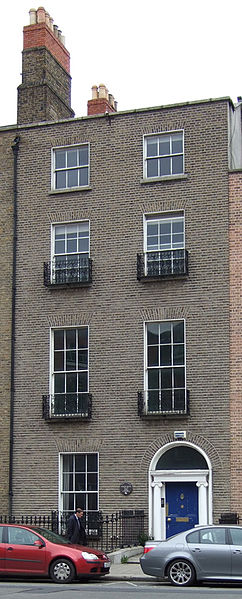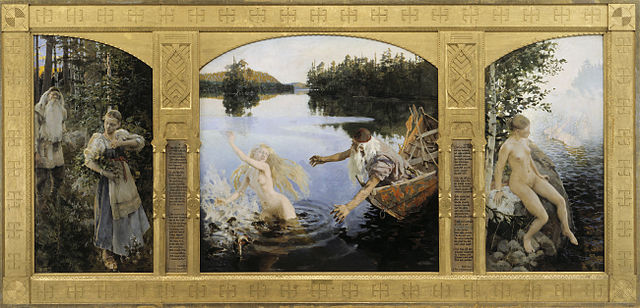Francis Bacon was an Irish-born British figurative painter known for his raw, unsettling imagery. Focusing on the human form, his subjects included crucifixions, portraits of popes, self-portraits, and portraits of close friends, with abstracted figures sometimes isolated in geometrical structures. Rejecting various classifications of his work, Bacon said he strove to render "the brutality of fact." He built up a reputation as one of the giants of contemporary art with his unique style.
Bacon photographed in the early 1950s
Francis Bacon's birthplace at 63 Baggot Street, Dublin
Three Studies for Figures at the Base of a Crucifixion, 1944. Oil and pastel on Sundeala board. Tate Britain, London
Three Studies for a Portrait of Henrietta Moraes, 1963
A triptych is a work of art that is divided into three sections, or three carved panels that are hinged together and can be folded shut or displayed open. It is therefore a type of polyptych, the term for all multi-panel works. The middle panel is typically the largest and it is flanked by two smaller related works, although there are triptychs of equal-sized panels. The form can also be used for pendant jewelry.
The Merode Altarpiece, attributed to the workshop of Robert Campin, c. 1427–32
Dreikönigsaltar by Hans Pleydenwurff.1460-1465
Hieronymus Bosch, The Garden of Earthly Delights, 1490–1510. Museo del Prado, Madrid
The Aino Myth, the Kalevala based triptych painted by Akseli Gallen-Kallela in 1891. Ateneum, Helsinki








